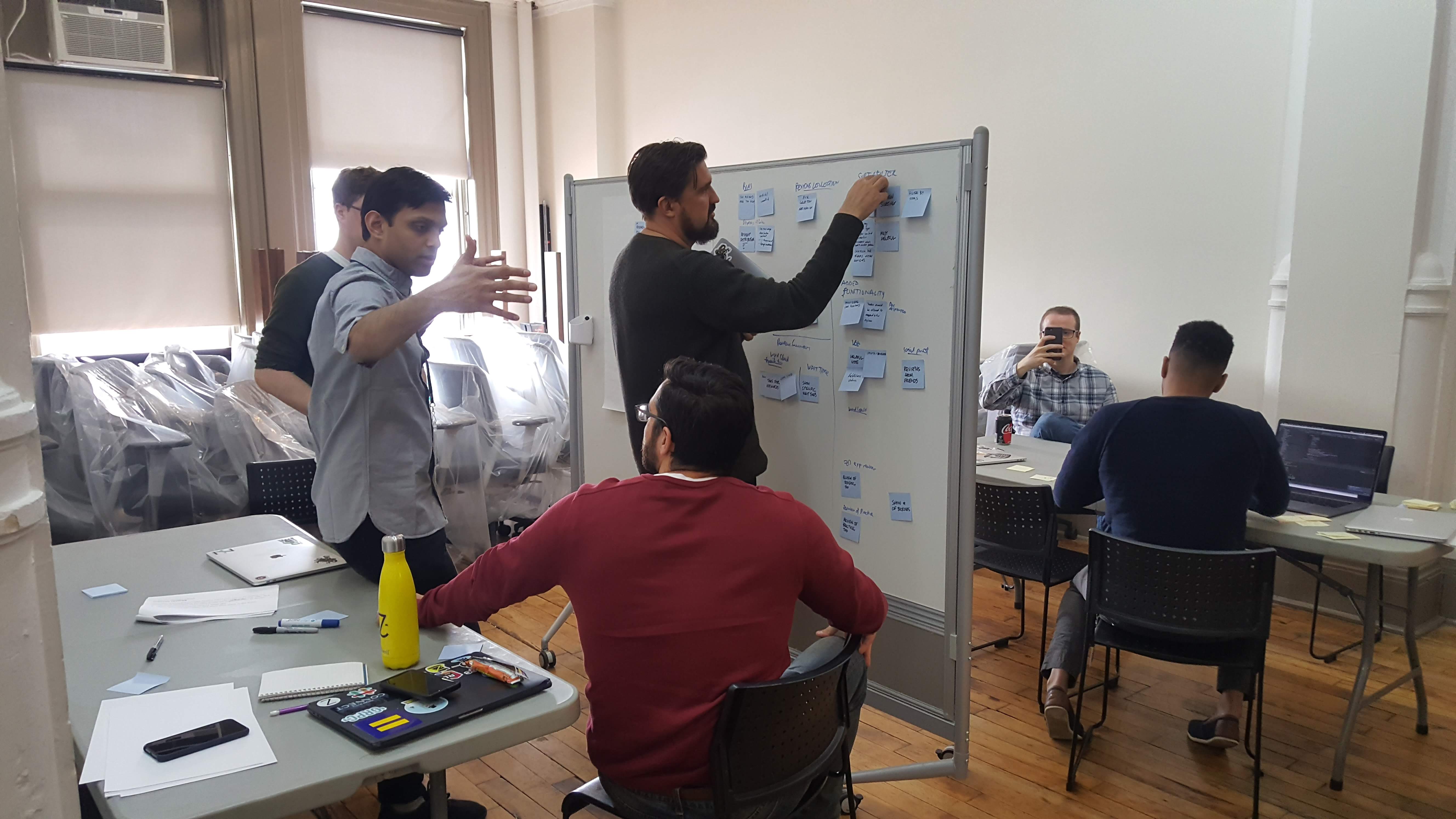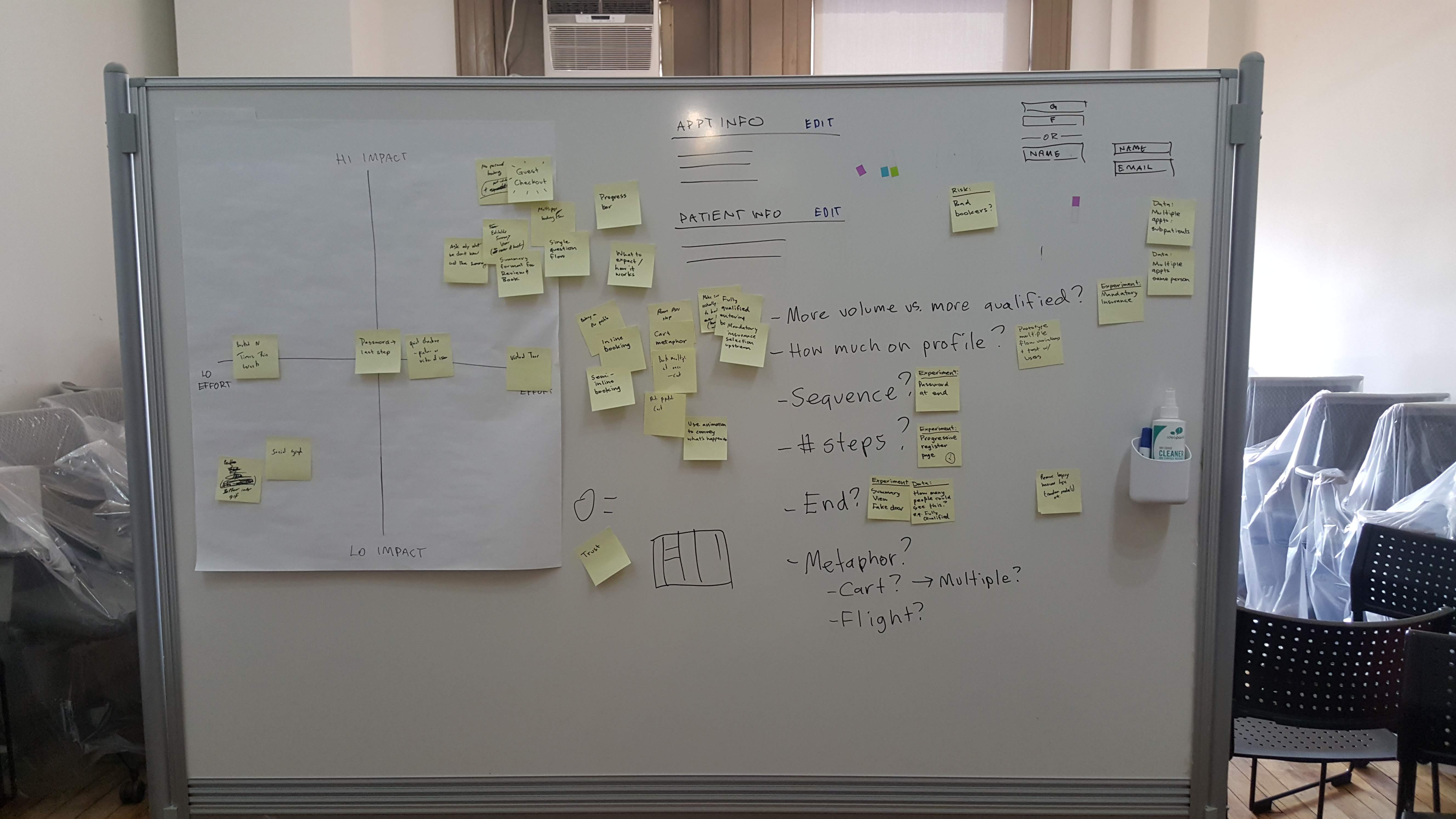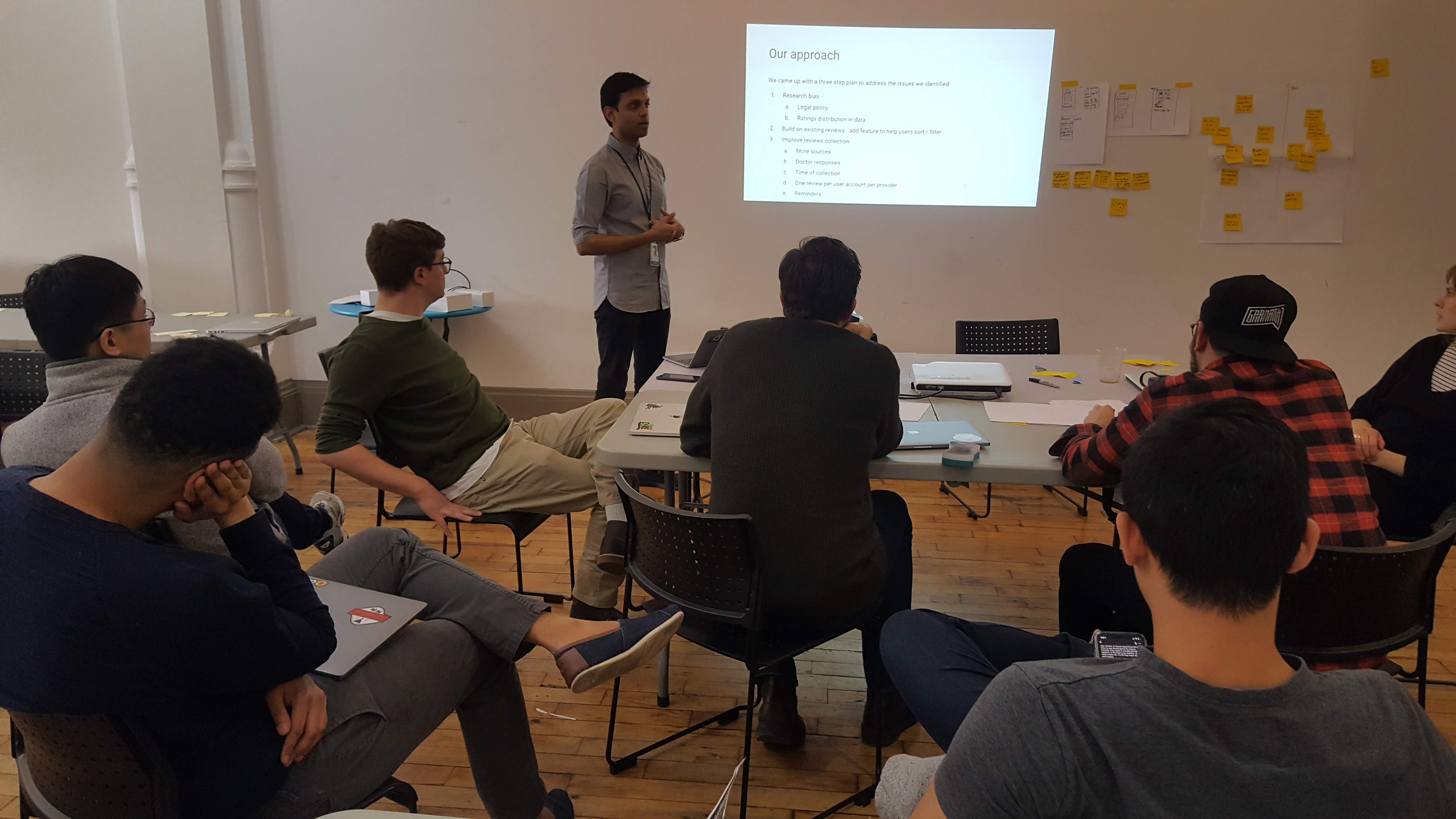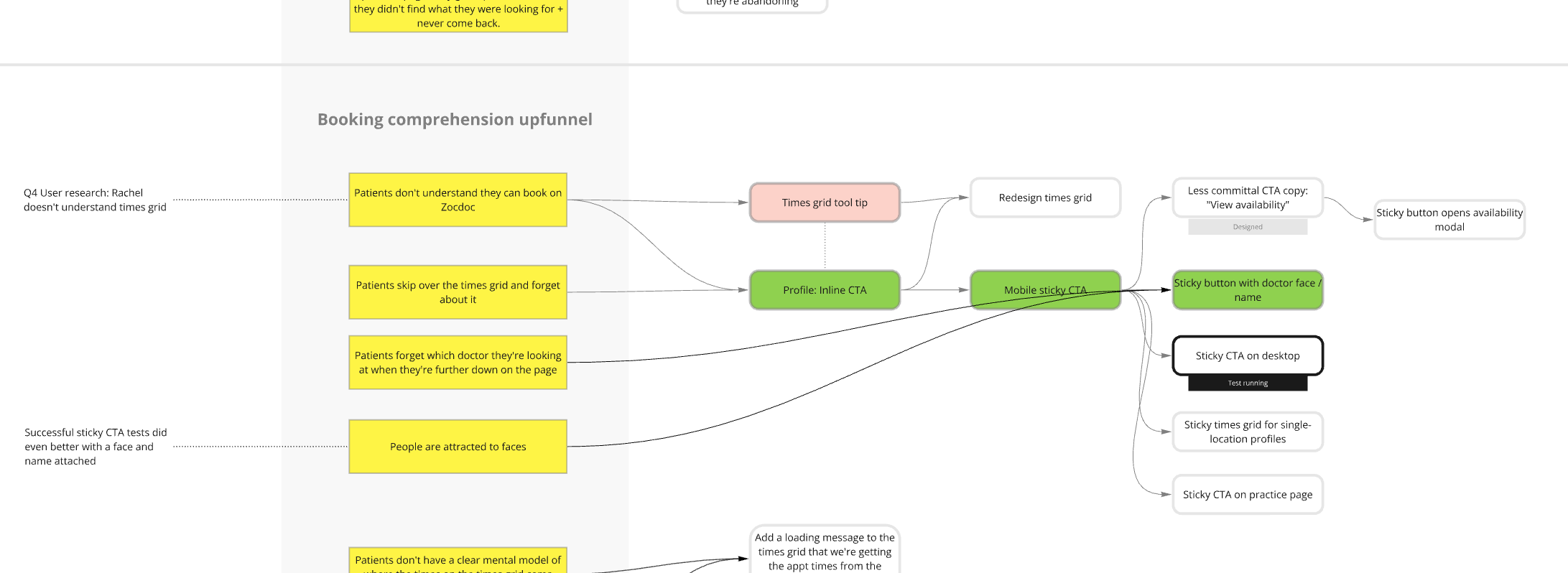
Zocdoc core team: Increasing booking conversion
How we turned an ambiguous goal into a 3% conversion lift through better collaboration
The situation
After Zocdoc reorganized, I ended up on what was called the “core team.” We were responsible for most everything in the patient experience besides the search algorithm—landing on Zocdoc, finding the right doctor, booking your appointment.
Leadership came to us with a clear goal: increase booking conversion. But they left it up to us how to do it. And we only had one quarter to deliver.
My role: Product Designer
Timeline: 1 quarter
Challenge: Figure out how to meaningfully increase conversion with limited time and broad scope
How we approached it
We decided to run an ideation session with everyone on the team. I was responsible for planning, organizing, and running the ideation session.
Getting everyone on the same page
Before we started throwing around ideas, I worked with the team leads to gather up all the relevant data we had available, including both quantitative and qualitative feedback. I presented that to the team so we’d all be starting with the same context provided by the data.
The ideation session
We split into groups based on different parts of the experience. Each team came up with as many ideas as they could for increasing booking from their part of the flow. It was collaborative—everyone from engineering to product to design was contributing.
The collaborative ideation session with the full team
Prioritizing and planning
During the ideation session, each team quickly estimated each idea in terms of effort and impact. After the sessions, our PM, engineering lead, and I refined these estimates. We chose the highest impact ideas with the lowest effort and prioritized those.
But here’s where I added something new: I developed a way of mapping out our hypotheses and the track of experiments connected to each one. This mapping helped us keep track of results and plan what to do next based on what we learned. We could see how different experiments related to each other and sequence them more strategically.
A portion of the diagram I developed mapping experiments to hypotheses, which helped us track learnings and plan next steps strategically
What we built and tested
We ended up with a roadmap for the quarter and were able to execute on several ideas. We ran multiple A/B tests—some worked, some didn’t, but we learned from all of them.
The hypothesis mapping I created really helped here because we could track which experiments were giving us insights, which informed the next round of tests.
Results
We ended up with around a 1% increase in booking conversion, which was excellent given our timeline.
But beyond the numbers, we also established a process that worked really well for the team. The hypothesis mapping system I developed made it clear for both the whole team and leadership how we were prioritizing work and why. And the collaborative approach to ideation and prioritization became the norm on that team.
What I learned
Great collaboration makes great work
This project had great collaboration between design, product, and engineering—with good ideas coming from all different people. This is my favorite situation to work in, and this team was one of the best in that respect.
Start with data
The most effective solutions came when we combined what we knew from the data with creative problem-solving. Having that foundation gave our ideas the best chance to address real user problems.
Systems thinking matters
The mapping system I created wasn’t just about staying organized—it actually helped us think more strategically about how our experiments connected to each other and what we should test next.




